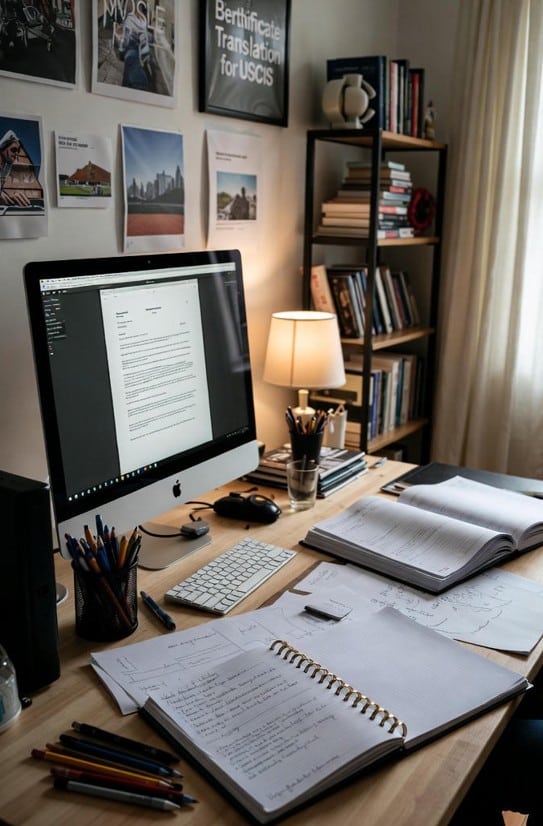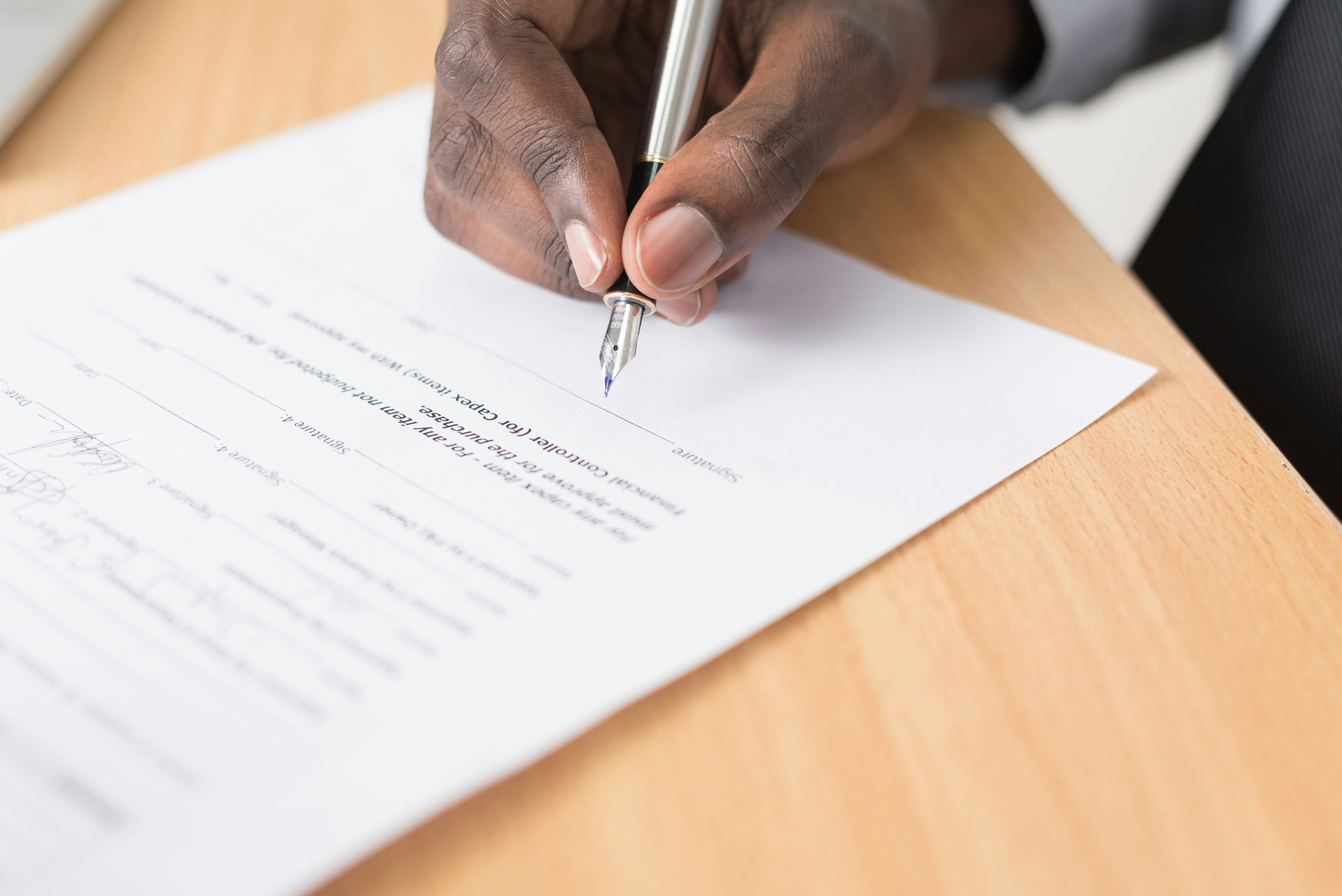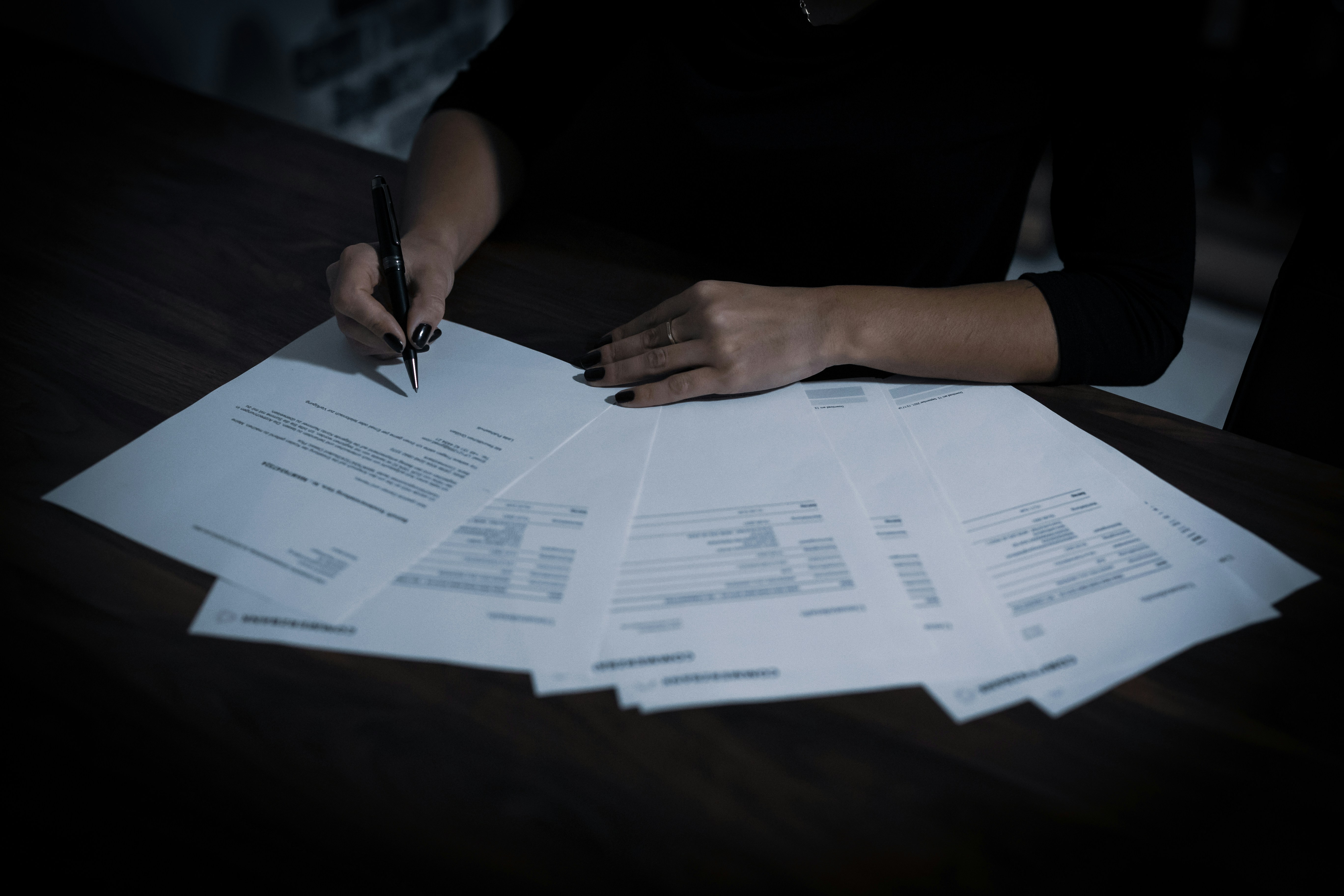8 Label Printing Tips for Better Product Presentation

First impressions matter, and in the world of consumer goods, that impression often starts with the label. Whether displayed on a store shelf or featured in an online marketplace, your product’s label is often the first thing customers see. It sets expectations, communicates value, and reflects your brand’s personality.
A well-designed label doesn’t just inform, it compels as well. It helps products stand out in a crowded space, contributes to perceived quality, and ultimately influences buying decisions. With so many products vying for attention, the difference between being noticed and being ignored can come down to small details, including the clarity, color, and feel of your labels.
Label printing might seem straightforward, but there are several technical and design factors that impact the final result. This article explores practical tips that can help businesses improve their label quality and better align presentation with branding goals. If you’re running a small business or overseeing mass production, paying close attention to your labeling strategy can bring measurable benefits.
Choose the Right Label Material for Your Product
The material of a product label affects durability, print quality, and perceived value. Glossy paper creates a polished, high-end look ideal for cosmetics and boutique items. Matte finishes offer a softer, more natural appeal that works well with artisanal or eco-friendly brands. For products that face moisture, refrigeration, or outdoor exposure, synthetic or waterproof label materials provide the necessary resistance to smudging and tearing.
For instance, food packaging often benefits from a laminated surface to preserve the clarity of the label through frequent handling. Meanwhile, beverage products may require a water-resistant option to prevent labels from wrinkling or sliding due to condensation. This can be especially true for wine labels, where both durability and visual elegance are often essential to reflect the brand’s identity while withstanding temperature shifts during storage or serving.
If your product needs to meet industrial standards or undergo frequent transport, durability becomes even more critical. Specialized adhesives, tear-proof backings, and fade-resistant inks can be paired with the right material to maximize performance without compromising on visual appeal.
Optimize Label Size and Shape for Shelf Impact
Label dimensions can dramatically influence how a product is perceived. A label that is too small may fail to convey enough information or catch a shopper’s attention. On the other hand, an oversized label may overwhelm your packaging or peel at the edges if applied improperly.
Before finalizing a size, measure the surface area of your container. Consider how much space is required for legally mandated elements like ingredients or warnings, as well as branding elements such as logos and product names. Think about how the product will be positioned on shelves or in displays, whether it needs to be read from the side, top, or front.
Shapes can also play a significant role in presentation. Rectangles are a standard choice, but custom-cut shapes, like ovals, circles, or uniquely branded contours, can add visual interest. A creative outline can help products stand out in crowded categories without increasing production costs significantly.
Choose the Right Material for Your Labeling Needs
The material of a product label affects durability, print quality, and perceived value. Glossy paper creates a polished, high-end look ideal for cosmetics and boutique items. Matte finishes offer a softer, more natural appeal that works well with artisanal or eco-friendly brands. For products that face moisture, refrigeration, or outdoor exposure, synthetic or waterproof label materials provide the necessary resistance to smudging and tearing.
For instance, food packaging often benefits from a laminated surface to preserve the clarity of the label through frequent handling. Meanwhile, beverage products may require a water-resistant option to prevent labels from wrinkling or sliding due to condensation.
If your product needs to meet industrial standards or undergo frequent transport, durability becomes even more critical. Specialized adhesives, tear-proof backings, and fade-resistant inks can be paired with the right material to maximize performance without compromising on visual appeal.
Prioritize Readability and Font Selection
Designing a visually appealing label means more than just choosing eye-catching colors. The text on the label must be readable at a glance and from a reasonable distance. Start with fonts that match the tone of your product; serif fonts convey tradition and reliability, while sans-serif options project modernity and clarity.
Font size matters. Small, cramped text can alienate customers, especially in low-light settings or for individuals with visual impairments. Use hierarchy to guide the eye: brand names should stand out, while secondary information like ingredients or usage directions can be smaller but still legible.
Spacing and alignment support this readability. Adequate white space around blocks of text prevents visual fatigue and enhances overall appeal. Overly ornate fonts or inconsistent styles might look artistic but can interfere with clear communication.
Good typography gives your label personality while still serving its main function, conveying information clearly. A strong font strategy makes it easier for your product to stand out on shelves and stay in a shopper’s memory.
Use High-Resolution Images and Graphics
Images can significantly influence how your product is perceived. When you include graphics on a label, they must be crisp, vibrant, and properly scaled. Blurry or pixelated visuals give the impression of low quality, which can diminish consumer trust before the product is even picked up.
High-resolution images, typically 300 DPI or higher, ensure clarity during the printing process. Whether you’re featuring a photo of the product, an illustrated brand mascot, or decorative accents, each element must retain its sharpness on the final label.
Avoid overcrowding the space with graphics. One strong visual, complemented by clean lines and color contrast, often has more impact than a busy collage. Consistency across label lines also supports brand recognition. When a customer sees similar design elements on different products in your lineup, they immediately connect it back to your company.
When using vector graphics, make sure they scale without distortion and keep file formats compatible with printing software to preserve detail.
Choose the Right Label Material for Your Product
Label material affects both presentation and durability. Selecting the wrong substrate can result in smudging, peeling, or fading, which compromises the label’s look and function. Before printing, consider where and how your product will be used or stored.
For items that face moisture, such as refrigerated food or bath products, waterproof or weather-resistant labels are more reliable than standard paper. In contrast, dry goods may only require matte or gloss paper, depending on the desired finish.
The texture of the material also influences perception. Matte finishes can suggest natural or organic qualities, while glossy or metallic finishes bring a modern or upscale feel. Clear labels offer a sleek look and let your packaging show through, which is ideal for transparent containers.
If your labels will be printed with laser printers, make sure the material is compatible with that method. For best results with sharp edges and smudge resistance, many businesses prefer using laser labels in their production process. This choice supports both print quality and long-term durability.
Maintain Consistency With Brand Guidelines
A well-designed label should align seamlessly with your brand’s identity. Fonts, colors, imagery, and layout should all reflect the overall aesthetic of your business. When labels vary too much across product lines, it can confuse customers and dilute brand recognition.
Consistency across your packaging builds familiarity. A customer who enjoyed one of your products is more likely to spot another on the shelf if visual elements remain consistent. This doesn’t mean every label must look identical, but they should clearly belong to the same brand family.
Stick to brand-approved color palettes and typography. Use the same tone and voice in your descriptions. Even small touches, like logo placement or recurring icons, can reinforce your brand’s message. Developing a label style guide can help streamline this process and reduce errors during production.
Clear branding communicates professionalism and gives the impression that care went into both the packaging and the product inside, which boosts consumer confidence and purchase likelihood.
Use Typography to Reinforce Your Message
Typography influences how your label is perceived long before someone reads the full text. The choice of fonts can express elegance, fun, professionalism, or innovation, depending on your brand’s identity and product type. Clean, legible fonts work best for core product information, while more decorative typefaces can highlight the brand name or a featured benefit.
Avoid using too many fonts on a single label, as this can lead to visual clutter. Stick to two typefaces at most, typically one for headlines and one for body copy. Make sure the text size is readable from a reasonable distance, especially if your product is placed on a shelf among competitors.
Font weight and spacing matter too. Thin fonts can disappear against bright backgrounds, and overly tight kerning can make words difficult to scan. Keep the visual hierarchy in mind so that buyers know where to look first, whether that’s the product’s name, benefit, or usage instructions.
Strong label design goes far beyond aesthetics. It plays a direct role in product appeal, clarity, and how your brand is remembered. By applying the right design principles, understanding your audience, and avoiding technical missteps, your product packaging can reflect the value within. A thoughtful approach to printing, layout, and content will leave a lasting impression, one that encourages both recognition and repeat business.





